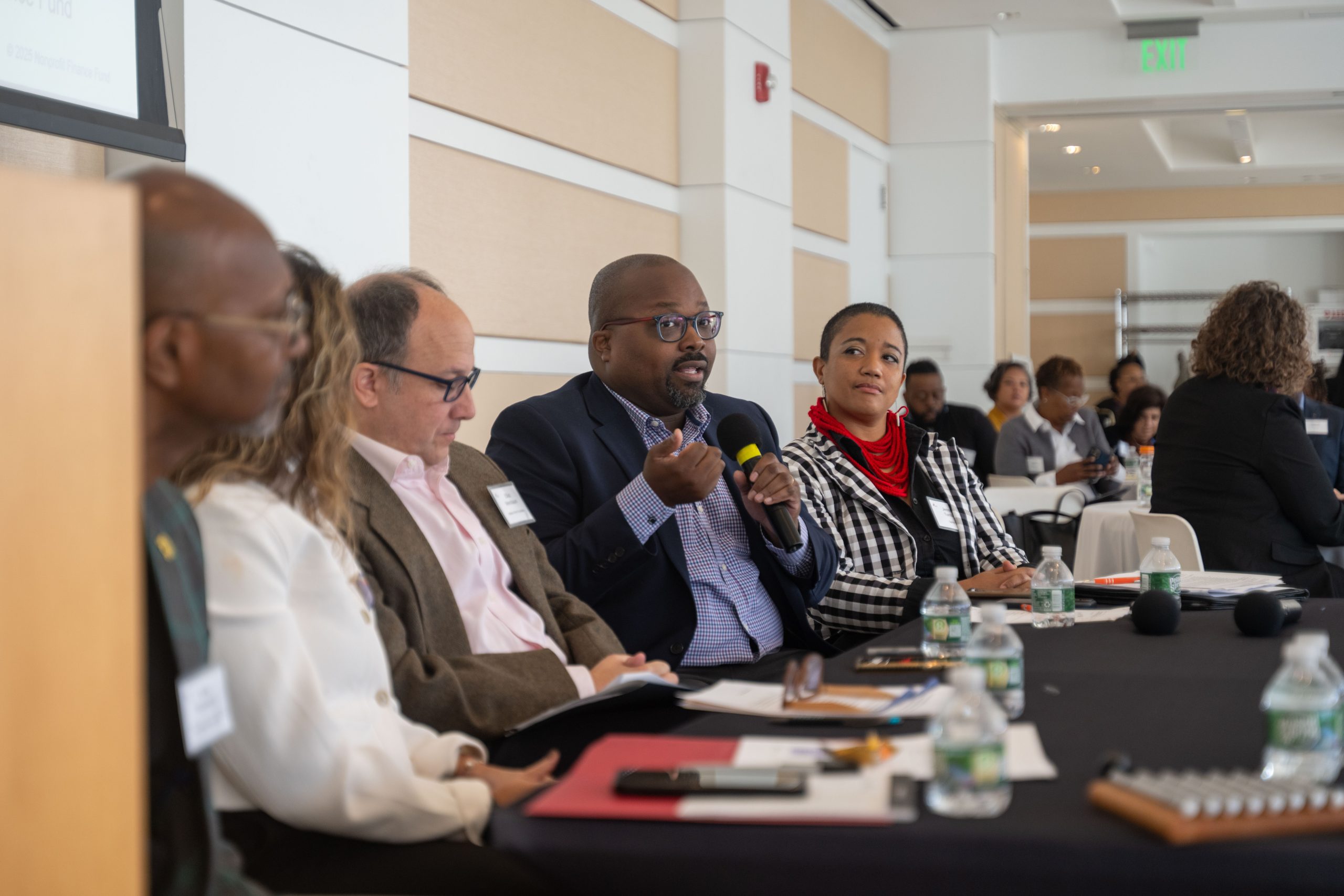On March 27, NFF launched the NYC COVID-19 Response & Impact Fund, designed to support NY human services and arts organizations with emergency, interest-free loans. As managers of the lending process, we reviewed hundreds of applications from nonprofits large and small, giving us a unique window into the state of the sector when the crisis hit.
Many of the applicants had a similar budget structure, a majority of funding coming from government agencies, and they also shared a common problem—lack of cash reserves to handle a crisis. Long-standing government funding practices such as not funding full costs, requiring all funds to be spent without room to save, delays in contract certifications, operating on reimbursements instead of upfront payments, and delaying those payments for months, prevent nonprofits from building reserves, making them unprepared to serve the very constituents those government agencies represent, in their time of greatest need.
COVID-19 has forced many to amend their budgets to reflect new expenses. This means reimbursements are delayed even further, until the budget modification is approved by the respective agency.
Rev. Wendy Calderón-Payne is Executive Director of Urban Youth Alliance, whose BronxConnect program provides violence prevention services and alternatives to detention and incarceration. According to Calderón-Payne, New York City’s Department of Education (DOE) took two years to pay reimbursements in the past.
“If they paid within 18 months of when they were supposed to, we wouldn’t have been in such a tough position,” she said, referring to when COVID-19 hit.
She also said the DOE subjected her to oversight that didn’t account for the challenges her clients face in accessing services.
“The kids aren’t mandated to us like at some other criminal justice programs. They have to decide to participate and change their life. There can be risks associated with leaving bad situations, and the DOE didn’t understand why kids might not show up to programs and protested paying for events if the numbers were low.”
Calderón-Payne shifted her contracts to the Mayor’s Office of Criminal Justice, which she said has processing delays that are more manageable. Still, when the crisis hit, her organization’s cash reserves were too low to make payroll. She applied to the NYC COVID-19 Response & Impact Fund, especially because she expects payment delays to be even longer with city agencies hamstrung by the crisis.
“I just could have cried when the loan money arrived and I could meet payroll,” she said.
Another loan recipient, Sanctuary for Families, which provides support to those dealing with the effects of domestic violence and other forms of gender-based violence, said that while contracting processes with government agencies are improving, there are still many layers of red tape that make payments slow and administrative costs high.
“Even when agencies try their best, because there are often multiple government agencies involved, contracting can take up to four months and often longer, with reimbursement not received until 6 months or later into the fiscal year,” said Betty Chen, Director of Contract Management and Compliance.
COVID-19 has brought many new expenses for Sanctuary to meet, such as major increases in demand for food and space in their shelter, deep cleaning their facilities, and supplying clients with equipment and mobile hot spots so they can continue job training programs. With their annual spring fundraiser shifted to an online format, they expect much lower revenue, increasing their reliance on future funding.
“We spent a few weeks trying to get clarity on reimbursement for existing contracts, including City Council discretionary grants. Many contracts are now on hold at the state level, so we’re not sure what our funding will look like going into next fiscal year,” Chen explained.
Both Urban Youth Alliance and Sanctuary for Families have relied on temporary measures, such as the loan fund or federal money from the Paycheck Protection Program. But as the crisis continues, the future of their funding remains uncertain. The clients of both organizations face greater risk than before the crisis, however, and reducing programs and staff are unthinkable options.
“It’s impossible to hold the programming until the funding arrives,” said Chen.
Yet some face difficult decisions and will have to make cuts, likely placing further burden on government agencies if organizations can’t provide services such as violence reduction, food delivery, and shelter.
Without reforms in how governments support nonprofits, building reserves is challenging. Very few organizations have the luxury of a line of credit, an endowment, or board members with deep pockets to plug the hole in their cash flow. Even nonprofits with reserves parked in investment accounts are struggling to get board approval to use those funds due to the loss in market value.
Nonprofits have always acknowledged the importance of building reserves to weather downturns, but in the face of an unprecedented crisis, they are becoming painfully aware of reserves being the difference between sustainability and extinction. Let’s hope government funders come to this realization as well and help them better prepare for the next crisis.
Concerned about the economy? Visit our Managing through Economic Uncertainty page for practical tips, tools, and advice for nonprofits and funders.
